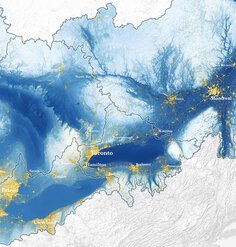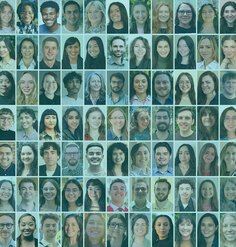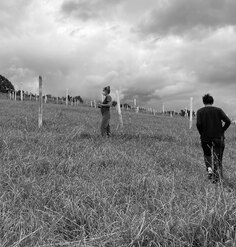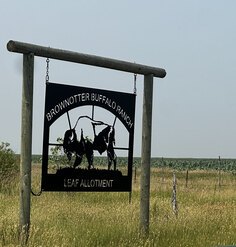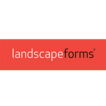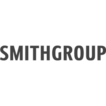LAF Fellow David Buckley Borden is Closing the Science-Communication Gap
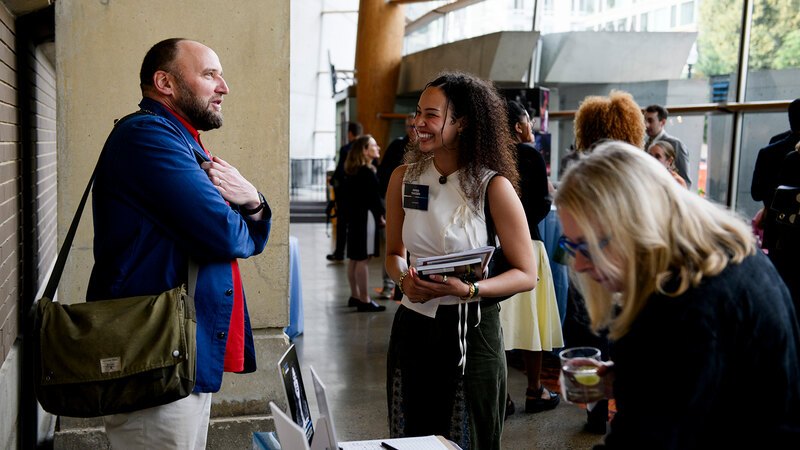
As the climate crisis worsens, scientists search tirelessly for ways to slow its progression. Many proposed solutions require public support, but how can people support what they do not understand? 2024-25 LAF Fellow David Buckley Borden sought to tackle this very issue through his project, “Emergent Mutualism: Closing the Interdisciplinary Science-Communication Gap”.
“As ecological challenges become more acute, scientists are thrust into the spotlight to provide vital practical knowledge, and our ability to survive on an increasingly inhospitable planet is becoming dependent on a heightened ecological awareness, deepened environmental values, and an investment in our collective, global well-being," David explained in his presentation at the 2025 LAF Innovation + Leadership Symposium. “As one scientist recently put it to me, ‘we’re losing the culture war on climate change, essentially because we are failing to deliver effective science communication’.”
An Associate Research Professor at the University of Oregon in the Department of Landscape Architecture and newly-appointed Senior Advisor of Creative Practice and Innovation at Oregon State, David is no stranger to finding creative ways to illustrate complex topics. Through various positions, fellowships, grants, and residencies, David has worked collaboratively on numerous exhibits, art pieces, and site-specific landscape installations, from reframing rotting hemlock trees as an insect snack bar with the help of some colorfully painted signage to communicating global temperature increases in a public sculpture that people can walk through and experience.
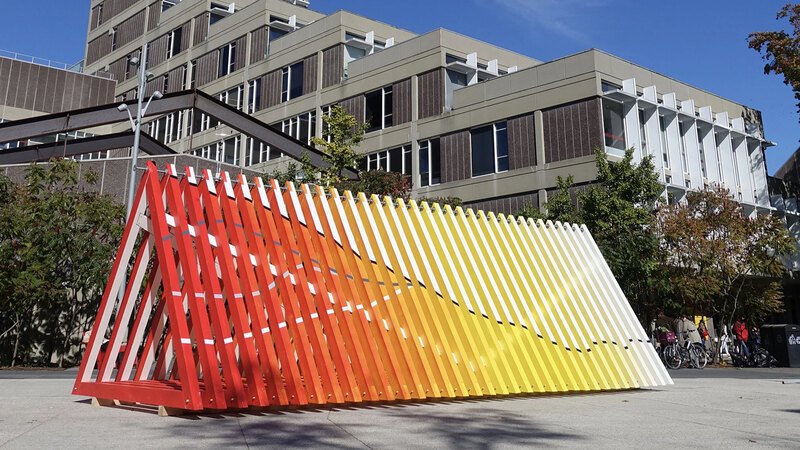
In his work through the LAF Fellowship for Innovation and Leadership, David applied several science communication theories to address the knowledge gap between the public and scientific community. A favorite is Neil deGrasse Tyson’s “Holy Trinity o’ Science Communication”, which blends pop culture, humor, and science to illustrate scientific points. “Humans are driven by an emotional response,” David notes, “not necessarily rigorous, reproducible datasets.”
During the fellowship, David developed a series of how-to booklets on capturing public attention for scientific understanding. He based his work on case studies he conducted on several of his recent design collaborations. The booklets also include communication theory, elements of design, and public engagement which, together, create a blueprint for a holistic science communications project. David hopes his creative science communication methods can serve as an example for others in the scientific community. “Leveraging the experience, information, and approach for the benefit of others is really in the spirit of the LAF Fellowship,” he reflected. The combination of the case studies and critical theories can make the application of scientific communication easier for researchers everywhere. The more communications are factored into scientific research projects, the more understandable and accessible these projects become for the public.
David credits the LAF Fellowship facilitators and five other members of his cohort for encouraging him to be more ambitious with his project and challenging him to expand his approach. “My interests are very focused on forests, but this sort of model can be applied to any kind of ecosystem or eco-tone or environmental issue.” In the future, David believes the friendships he formed through the fellowship could lead to further collaboration or inspiration. What starts as a meeting to catch up over a cup of coffee could lead to the next great environmental undertaking. “I’ve initiated some of my best projects that way — you’re not looking for a project, you just show up, express interest, and start working on something.”
He intends to continue his hands-on approach to science communications through several grants from the Center for the Future of Forests, Fuller Initiative for Productive Landscapes and Society at Oregon State, and the V. Kann Rasmussen Foundation. These grants will enable David to build on his LAF Fellowship work, studying how programs can be designed to mainstream nature-centric attitudes in both individuals and organizations by means of community-driven projects.
David encourages those interested in getting involved in similar projects to look for research groups in their area and volunteer to help. He hopes that in the future, the public can work with ecosystems instead of against them, treating them with respect while using them as a classroom and research laboratory.
You can watch David's presentation from the 2025 LAF Innovation + Leadership Symposium here.
